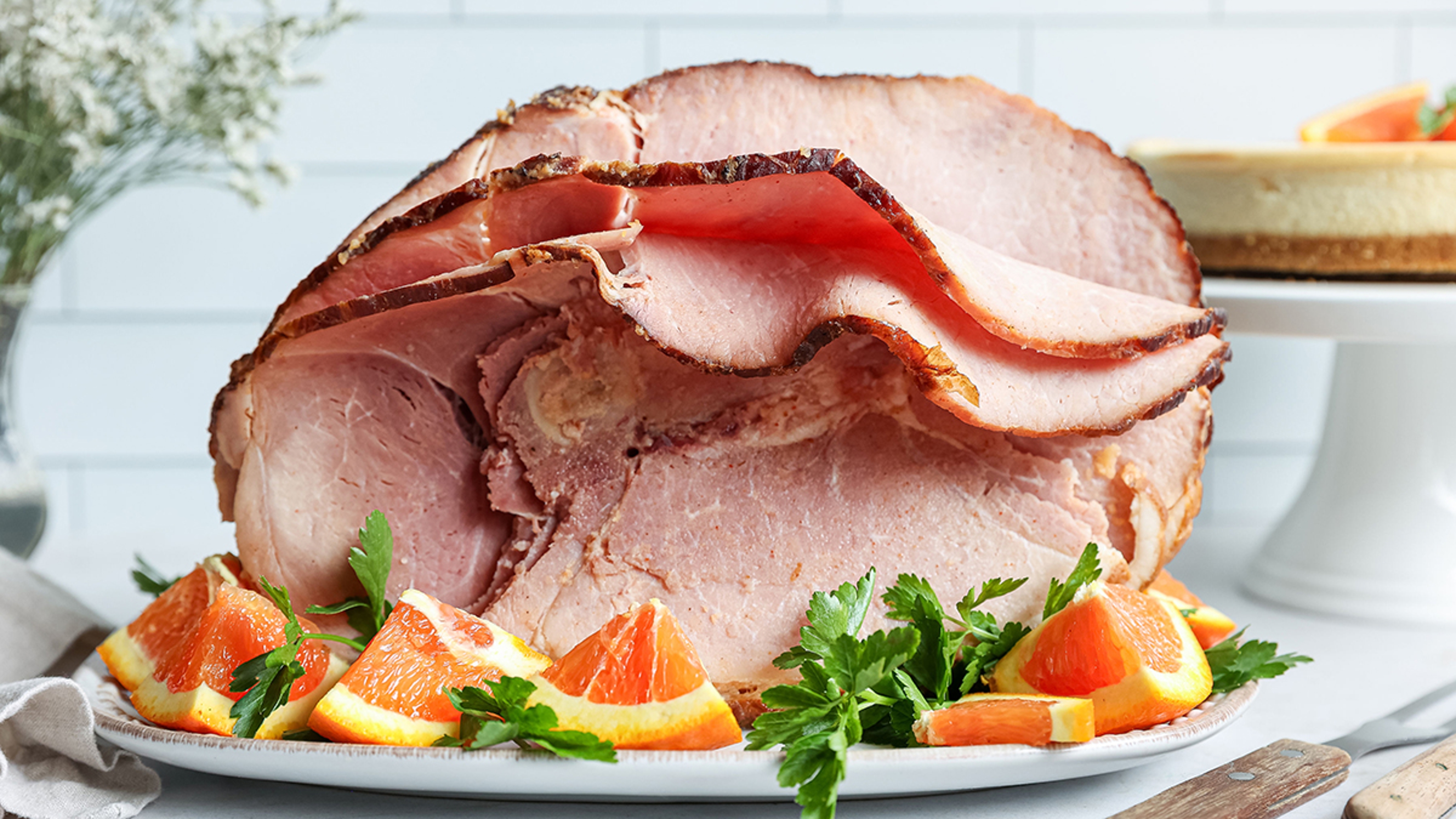Tryptophan Gets a Bad Rap
Stop blaming the turkey for being tired after your Thanksgiving feast.
Nov 03, 2024
All across America, post-Thanksgiving meal living rooms have become a familiar holiday portrait: The family dog hunts for crumbs, a brave dish washer or two attacks the pile, and football is on TV, watched by relatives laid out at various angles on couches and recliners, immobilized from one too many plates of turkey with all the trimmings, one too many slices of pie, and maybe, just maybe, a glass or three of wine.
Over time, a legend has emerged that connects this group conk-out due to tryptophan, an amino acid involved in our body's sleep cycle, and a substance which turkey contains in spades. But unlike your Aunt Linda's famous stuffing, the recipe for the infamous (and inevitable) Thanksgiving nap just isn't that simple.
What is tryptophan?
While turkey is indeed loaded with tryptophan, consuming higher-than-usual amounts of it doesn't directly lead to dreamland, and for multiple reasons, says Gabriel Staub, registered dietician and board certified specialist in sports dietetics.

Tryptophan, Staub explains, is an essential amino acid found mostly in protein-based food. Its main purpose is to break down the protein, but it also helps with the production of serotonin and melatonin, neurotransmitter substances that send messages between nerve and muscle fibers and, in doing so, control the body's behavior.
Serotonin is responsible for producing melatonin, a sleep-regulating neurotransmitter, and herein lies tryptophan's connection to our sleep. Staub says, though, that simply consuming more tryptophan (the recommended adult daily allowance of which is between 250 and 425 milligrams) doesn't mean more, or a quicker onset of, sleep.
A neural component called the blood-brain barrier controls what substances, and in what amounts, actually make it into the brain. "Tryptophan is definitely not the only amino acid or metabolite competing to get into your brain after consumption of proteins," Staub says, and, as a result, little tryptophan actually makes it through. In fact, tryptophan has the lowest concentration of all amino acids in the human body.
Tryptophan is a bit more successful on Thanksgiving, though, thanks to all the simple carbohydrates found in foods like mashed potatoes, pumpkin pie, and cranberry sauce. Simple carbs raise blood sugar levels during digestion, producing insulin, a substance that eases tryptophan's journey into the brain by reducing levels of competing amino acids. Regardless, a little more tryptophan won't mean more, or quicker, sleep.
What other foods have tryptophan?
Turkey isn't the only food full of tryptophan. Poultry, in general, is one of the richest sources of the amino acid: A three-ounce serving — the recommended amount, according to the good ol' Food Guide Pyramid — contains anywhere from 250 to 310 milligrams of tryptophan. (Dark meat contains more than light meat.)In comparison, a three-ounce fillet of fish, aside one cup of your Grandma Ethel's steamed lima beans with an ounce of melted cheese on top, is likely to contain 100 to 240 milligrams.
Staub says yogurt, eggs, fish, and meats in general are also all tryptophan-heavy foods, as are fruits like bananas and dried prunes, and snacks like peanuts and chocolate. Though no food can truly cause sleepiness, he does note "there are those that have been shown to contribute to the process, such as kiwis, oatmeal, almonds, tart cherry juice, and fatty fish like salmon, trout, and tuna."
Why do we get tired on Thanksgiving?
Having debunked the tryptophan myth, Staub says the Thanksgiving Day nap culprit is probably simply overindulgence of certain heavy substances, enjoyed on a day built around rest and relaxation.
"The main cause of the feast slumber is likely all the excess carbohydrates and sources of fat consumed, especially if paired with alcohol," Staub says. "When you consume so much at one time, your body really wants to rest and digest." This increases blood flow to the stomach and decreases blood flow to the brain, which, in turn, can cause drowsiness.
How much food should we eat at Thanksgiving?
The amount we consume on Thanksgiving all depends on personal metabolic rates and dietary goals, Staub says. According to the USDA's "Dietary Guidelines for Americans" 2020 report, adult women need anywhere from 1,600 to 2,400 calories a day and adult men should eat between 2,000 and 3,000 calories a day. But on Thanksgiving, the average America consumes somewhere in the range of 3,000 to 4,500 calories. Staub says, though, that one day of overeatng shouldn't affect the body in any significant way.

How to avoid the Thanksgiving Day nap
To avoid couch-lock after this year's Thanksgiving mega-meal, Staub suggests taking a walk around the block after dinner, throwing the old pigskin around in the backyard, or simply helping clean up the dishes — anything to keep the metabolism moving. Most importantly, he recommends looking around the table instead of just at your plate. "This year, take more time to enjoy your food and your family. Those who cook put in hours of preparation, but those who eat the food spend minutes eating it."
.svg?q=70&width=384&auto=webp)










